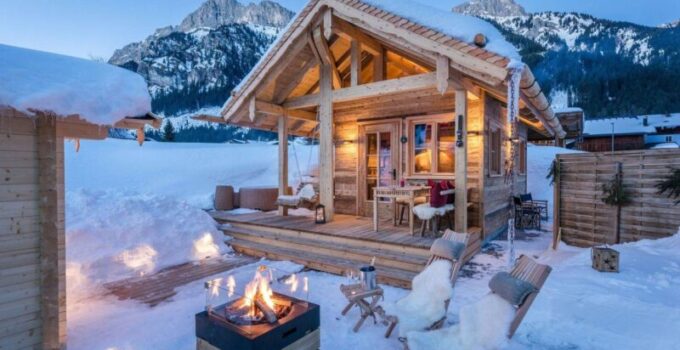While preparing your yard for the winter is one of the most underestimated and helpful jobs, doing so incorrectly may be detrimental. Your outdoor living areas should be ready for the colder months, no matter how mild or intense the weather is in your area throughout winter.
Some people may think it’s too early to begin preparing outdoor living areas for the upcoming winter. However, OutdoorFountainPros suggests that homeowners make their patios or gardens winter-proof and that their outdoor spaces are ready is an urgent matter and a serious concern. With that in mind, we’d like to recommend a simple winterizing strategy that you can apply to protect your outside space from winter.
Page Contents
Cut-and-Run
Although certain warm-season grasses will lay dormant and cease growing when the weather gets cold, many homeowners wrongly select the last mowing date. Ground freeze-resistant cold season grasses such as bluegrass and fescue will keep growing even after temperatures drop. So, until then, it’s a good idea to have a 10- to 14-day mowing schedule. For the grasses you are mowing, your cutting height should be at or below the minimum size.
Fertilization
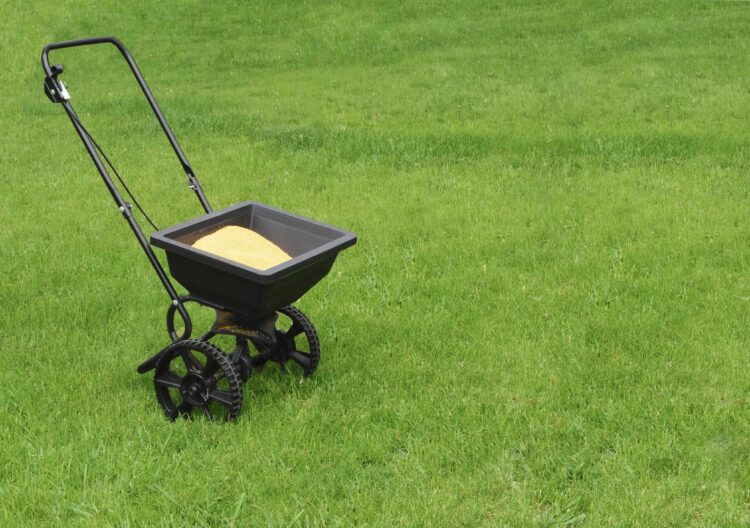
Source: gardeningknowhow.com
When it comes to fertilizing a home lawn, there are a variety of viewpoints. Every 45 days during the growing season, which in some regions is from late March to the middle of November, your grass should be fed. To achieve a particular objective with each fertilizer application, a specific fertilizer must be used.
To begin with, use a high-nitrogen treatment in the spring, which will help the grasses quickly green-up and pre-emergence weed control. Then, we’ll use a lower-nitrogen application in the fall, which will help the grasses better withstand severe winter conditions.
Perennial Plants
You’ve spent a considerable amount of cash on your vibrant landscape, so it’s only fair that you take good care of it until the winter falls. Pruning and trimming back perennials may be done in the Spring and Fall, depending on the plant. Plants should be able to store up as much energy as possible to survive the winter. It would be best always to use sharp, well-maintained pruners when cutting down or removing plants from the landscape.
Cover crops should be grown
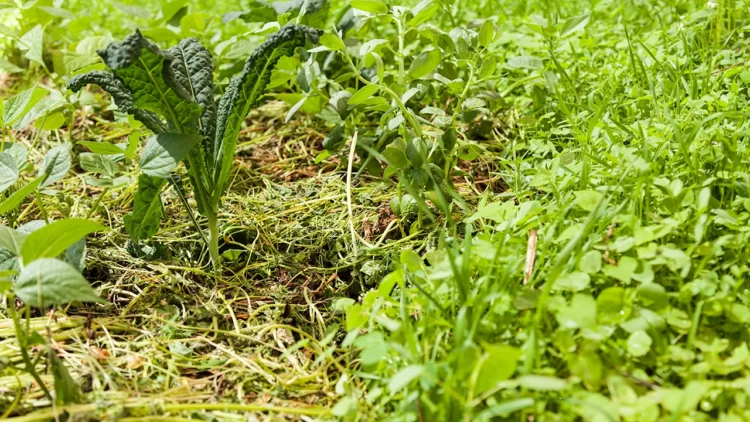
Source: groworganic.com
Cover crops like rye, vetch, and clover may be sown in late summer or early autumn in many regions. By planting these crops, soil erosion, compacted areas, and organic matter levels in garden beds may improve. In addition to providing nutrients, cover crops assist your soil in pulling carbon from the atmosphere into the soil.
Adding legumes like clover or field peas to your garden may improve the amount of nitrogen available for your veggies. It is already a universal rule to sow cover crops about a month before your first deadly frost; certain cover crops are more challenging to grow than others. Find the finest autumn cover crop for your area by contacting your local extension agent or seed supplier.
Prepare your soil for spring
Contrary to popular belief, autumn is an excellent season to use organic fertilizers like bone meal, kelp, and rock phosphate in your garden’s soil. Most climates allow nutrients to break down, replenish your soil, and become biologically active at this time of year.
Adding amendments to the soil now can save you time and money when the busy season comes around.
Mulch or plant a cover crop over the soil after you’ve dusted it with amendments to keep rain from washing the nutrients out of the root zone. This is particularly important for raised beds, which drain better than in-ground ones. Remove the mulch in the spring so that new plants may be started.
Replenish mulch
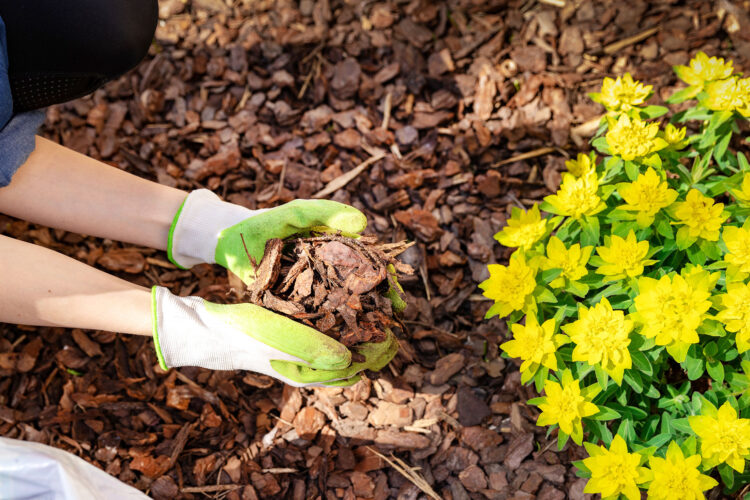
Source: reddilawnmaintenance.com
In many ways, the advantages of winter mulching are similar to those of summer mulching. Reducing water loss, preventing soil erosion, and preventing the growth of weeds are a few of the benefits. On the other hand, winter mulching has additional advantages: it protects garden plants from the churning and heaving caused by the soil freezing and thawing as the seasons change.
Winterization is facilitated by covering the soil with a thick mulch layer, reducing temperature and moisture fluctuations. Root vegetables left in the garden for harvest in the autumn and winter may be protected from solid frosts by a thick layer of mulch. Furthermore, when the mulch decomposes, it adds new organic material to the soil.
Winter preparation is more than just taking good care of your plants. With a bit of thought and planning, you can make the most of your outdoor living spaces all year round. The measures listed below will help you protect and prepare your patio, fire pits, and other outdoor furnishings.
Guard your paving stones
There are a few steps to consider that would ensure the safety of your concrete patio or walks in the winter. Even if you don’t get much snow where you live, you should still clean and seal your pavers and remove any fallen leaves and debris before the cold weather sets in.
Debris, like leaves, may leave unattractive stains if they are not removed until spring. Pavers may be restored to their original beauty and protected from future weather conditions by cleaning and sealing them. Additionally, as part of the clean and seal procedure, joint sand is replaced. This prevents the movement of your pavers and improves drainage.
Lighting for outdoor areas
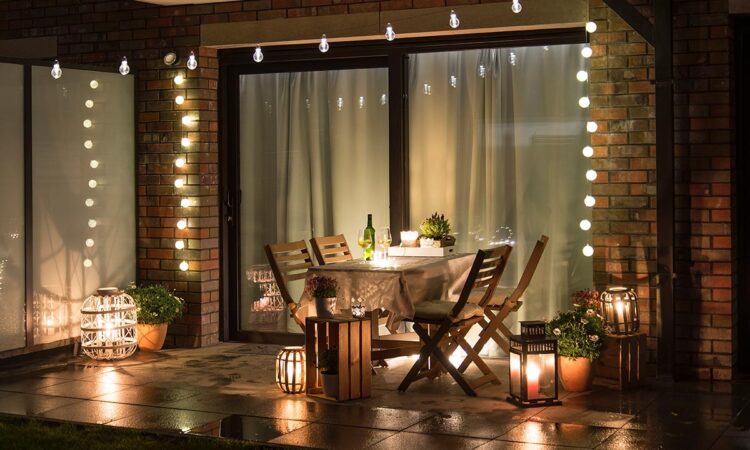
Source: hellomagazine.com
The shorter days of winter don’t mean you can’t make use of your outdoor living area. During the colder months, installing energy-efficient landscape lighting is a terrific way to make the most of your backyard. In addition to illuminating your patio, this might also involve illuminating stairs and walkways, lighting a heated pool for night swimming, or spotlighting landscape components to create a lovely environment.
Keep the fireplace or fire pit safe.
Wonderful winter memories are made over a warm fire pit or outdoor fireplace with loved ones. Preparation is critical whether you’re using an outdoor fireplace or fire pit that burns wood. Keep seasoned (at least a year old) wood in a dry spot to ensure long-lasting, heat-dispersing flames. Consider thicker, denser wood for your fire if you have a choice.
Home Furnishings
Rain, sleet, and snow are common precipitation types throughout the winter months in various parts of the country. Protecting chairs, tables, and other outdoor furniture from moisture is essential for ensuring that it lasts for many years to come.
You can always do things to be ready for next year’s gardening season, no matter where you reside. Now is the perfect time to use these strategies into action so that they might help you have a more productive spring and summer.

